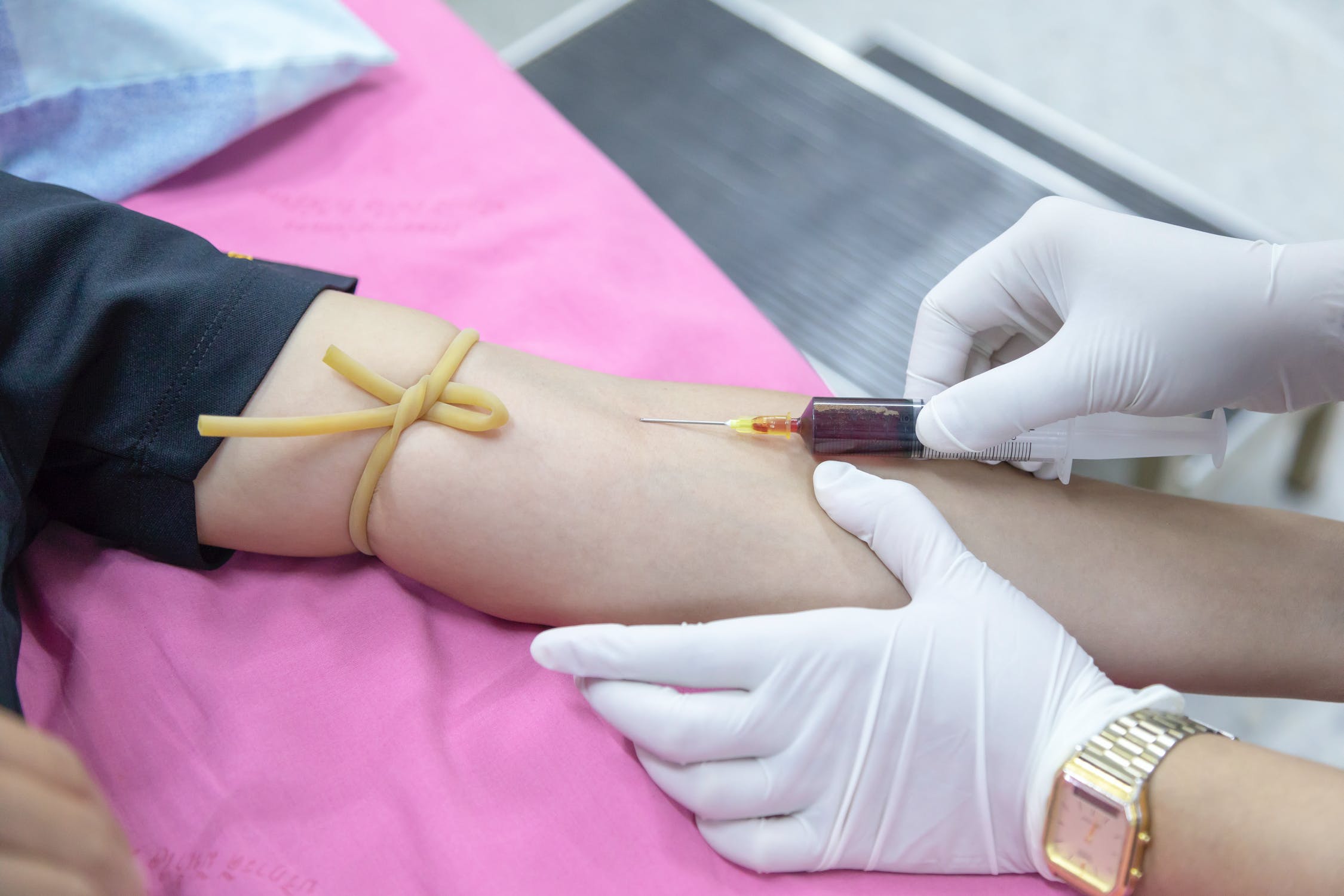Packing, storing, and transporting anything needs to be done properly if you want the item to reach the receiver in the best possible condition. However, when the product you’re storing or moving is blood, it’s even more important to have the right controls put in place.
The Temperature
Perhaps one of the most important elements of storing and transporting blood is the temperature. Blood generally exists inside your body, which means it is between 36.1°C and 37.2°C. While it can survive in a slightly wider temperature band, it is important to keep the blood temperature stable. If this isn’t done the red blood cells will be damaged and the blood will no longer be useful.
The best way to ensure the temperature is being maintained is to use a temperature monitoring device. This affixes to the bag of blood or the outside of the parcel. When the parcel reaches its destination the receiver can check the monitoring device.
The device has a colored circle and a sensor. If the temperature moves outside of a pre-determined range the colored center will change color. This makes it obvious that the temperature hasn’t been maintained.
Because all parties involved in transporting the blood are aware of the temperature monitoring device, they will all do their best to ensure the blood arrives where it should be without any damage;
The temperature monitoring device does more than tell you if the blood has been stored outside of the defined range. It also encourages the people dealing with the blood to look after it properly because they can be held liable for any issues.
Even if the blood is going onto storage, a temperature monitoring device can be attached to it. While the blood is stored in the refrigerator the device will tell you if it was ever out of the refrigerator or the temperature changed significantly.
It can even give a warning sound to alert you.
Packaging
Blood is a liquid and therefore prone to dripping everywhere if the bag is damaged. To minimize the risk of damage, in both storage and transit, you need to have a suitable storage container. This could be a rigid box, designed to take the canister of blood and give it minimal room to move. The less it can move the less likely it is that it will be damaged during transit.
It’s best to keep the packaging to a minimum and select a box as close to the size of the canister as possible. The less room there is for it to move the less likely it is to be damaged.
Of course, the package must stay refrigerated which means using a reputable cold delivery service and ensuring the delivery vehicle is at the right temperature before you deposit the blood into it.
Don’t forget to add stickers warning the driver and anyone else what is in the container, you don’t want someone to open it by accident. That would certainly ruin the blood.

